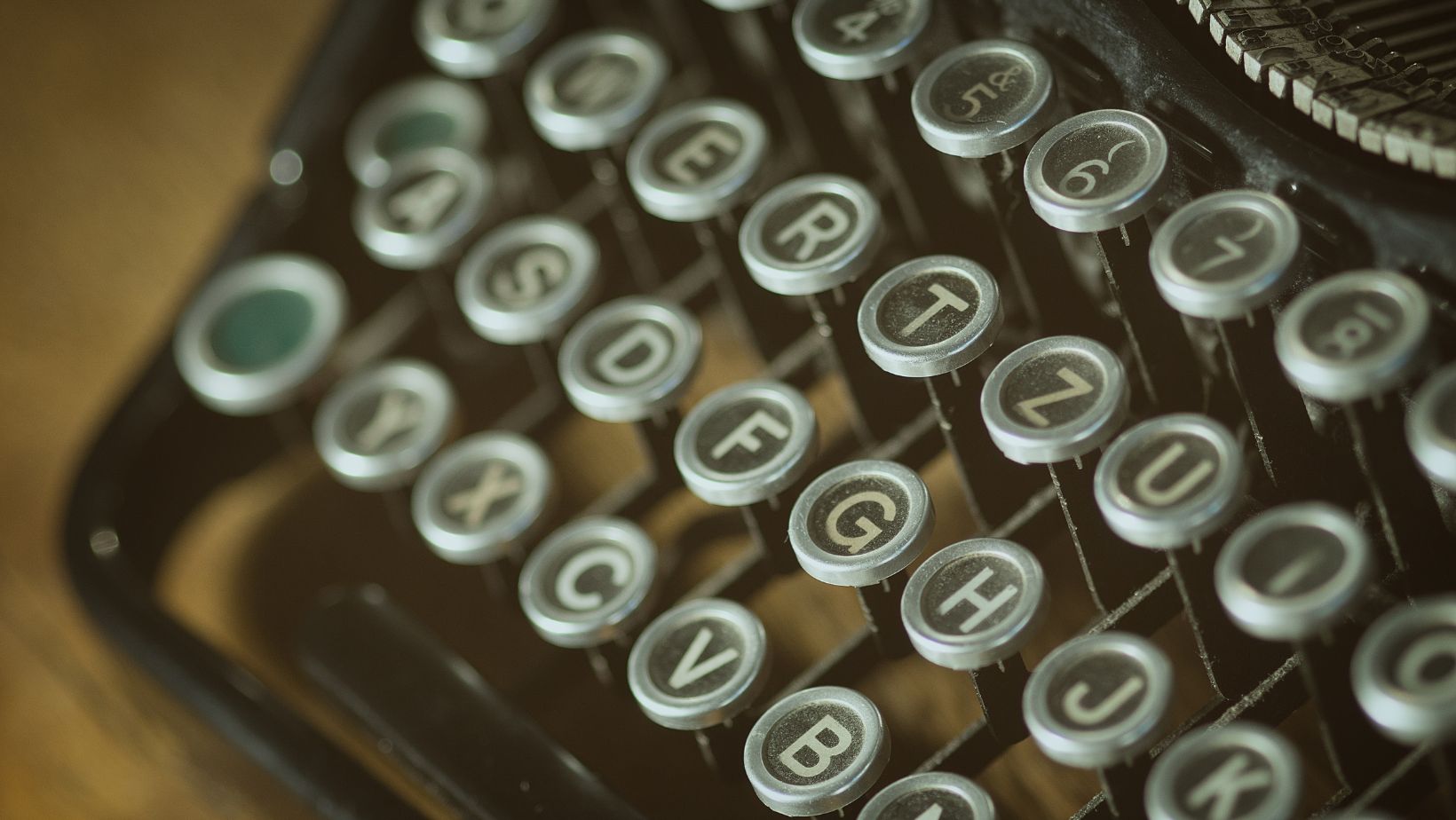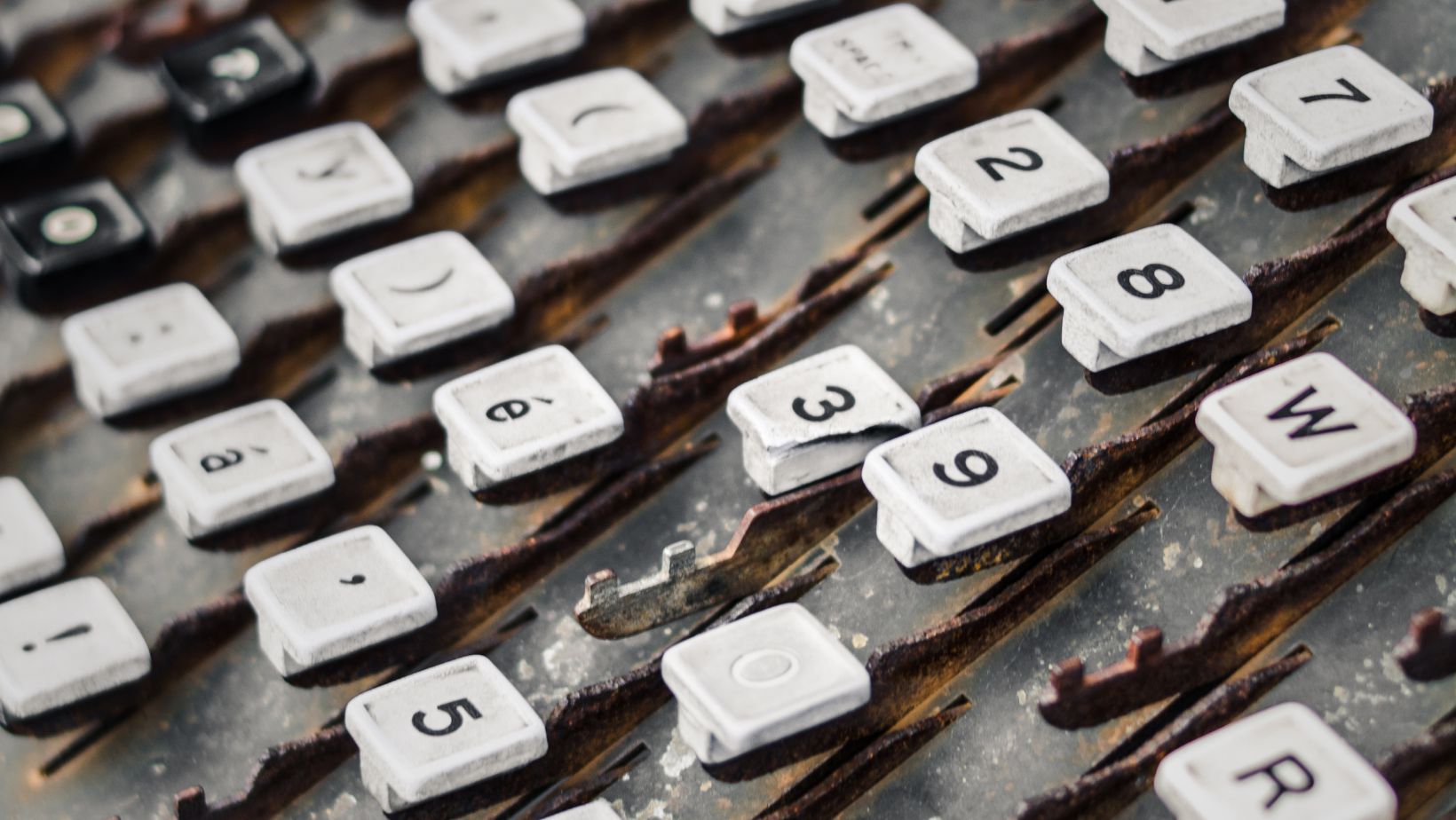Typography is far more than simple text—it serves as a dynamic tool for visual expression and storytelling. Among the most versatile and emotionally resonant styles is handwritten typography, often referred to as script font. Known for imparting warmth, elegance, and a personal feel, these fonts bring a unique charm to a wide range of design projects.
In this comprehensive guide, we’ll delve into the history, defining characteristics, and modern applications of handwritten typography, highlighting why its timeless appeal continues to enhance visual communication today.
Handwritten Typography: A Rich Historical Legacy
Handwritten typography traces its roots back to the refined craft of traditional calligraphy. Emerging from the meticulous practice of writing letters by hand, this style has evolved significantly throughout the centuries—from the illuminated manuscripts of the medieval period to today’s digital typefaces. Script fonts carry forward this artistic heritage with their flowing strokes, elegant curves, and unmistakable personal touch.
Typography expert Andie Letourneau offers valuable insight:
“Handwritten typography is incredibly powerful because it blends personal human expression with design. It brings an emotional depth and a sense of personality that many standard fonts simply can’t match.” – Andie Letourneau
Key Characteristics of Handwritten Typography
Handwritten fonts are distinguished by several defining traits:
- Fluidity and Elegance: These fonts are characterized by smooth, flowing lines and graceful curves that naturally convey sophistication and refinement. Their organic movement adds a dynamic quality to designs, making them feel alive and engaging. This fluidity helps create a sense of continuity and harmony that draws the viewer’s eye across the layout.
- Personalization and Human Touch: Each letterform reflects the subtle imperfections of genuine handwriting, creating a sense of authenticity and relatability. These nuances make the text feel warm and approachable, fostering a deeper emotional connection with the audience. The uniqueness of every stroke ensures that no two handwritten fonts feel exactly the same, adding individuality to each project.
- Versatility in Style: From formal calligraphy to casual scribbles, handwritten fonts span a broad spectrum of styles, offering designers creative flexibility for various purposes. Whether aiming for elegance, playfulness, or intimacy, there’s a handwritten font to match the mood. This wide range makes them suitable for everything from luxury branding to informal social media posts.

Together, these attributes ensure that handwritten typography remains visually captivating and widely applicable across different design fields.
Contemporary Uses of Handwritten Typography
Today, handwritten fonts are widely embraced across multiple design disciplines thanks to their ability to convey warmth, authenticity, and elegance. They enhance everything from brand identities to digital content with a unique, personable feel.
Branding and Logo Design
Handwritten fonts add an intimate, approachable quality to brands, fostering feelings of friendliness and trust. They are particularly effective for lifestyle brands, boutiques, cafes, and creative businesses aiming to build a strong emotional connection with their audience.
Wedding and Event Stationery
The elegance inherent in script fonts makes them ideal for wedding invitations, announcements, and event stationery. They communicate romance, celebration, and sincerity, perfectly capturing the spirit of special occasions.
Packaging and Product Design
In product packaging, handwritten typography lends an artisanal or premium feel, helping consumer goods stand out on the shelves. These fonts communicate craftsmanship and authenticity, making products more appealing to discerning buyers.
Social Media and Digital Content
Content creators and marketers frequently use handwritten fonts to increase engagement and visual appeal online. These fonts help content stand out in crowded digital spaces by adding a distinctive, eye-catching style.
Tips for Effectively Using Handwritten Typography
To maximize the impact of handwritten fonts in your designs, consider these practical tips:
- Balance and Readability: Since handwritten fonts vary in legibility, choose styles that remain clear across sizes and mediums to ensure your message reaches all viewers effectively.
- Pairing with Simpler Fonts: Combine script fonts with clean, straightforward serif or sans-serif typefaces. This contrast helps create a balanced visual hierarchy and improves overall readability.
- Consistency with Brand Voice: Select a handwritten font that aligns with the tone and personality of your project or brand to maintain authenticity and coherence.

Andie Letourneau advises:
“When using handwritten fonts, less is often more. Let the typography speak for itself by applying it thoughtfully and sparingly, highlighting key elements without overwhelming the viewer.” – Andie Letourneau
Conclusion
For designers seeking high-quality, versatile script fonts, Creative Fabrica offers an extensive collection suitable for a variety of creative needs. Whether you require formal, elegant calligraphy or more casual, playful handwritten styles, these resources empower designers to craft memorable and impactful visuals.
Handwritten typography continues to offer a unique opportunity to infuse designs with warmth, personality, and emotional resonance. By appreciating its historical roots, key features, and thoughtful application, designers can harness the expressive power of script fonts to create unforgettable visual communication. From branding and editorial projects to digital media, handwritten typography remains an invaluable and timeless tool in any creative toolkit.



